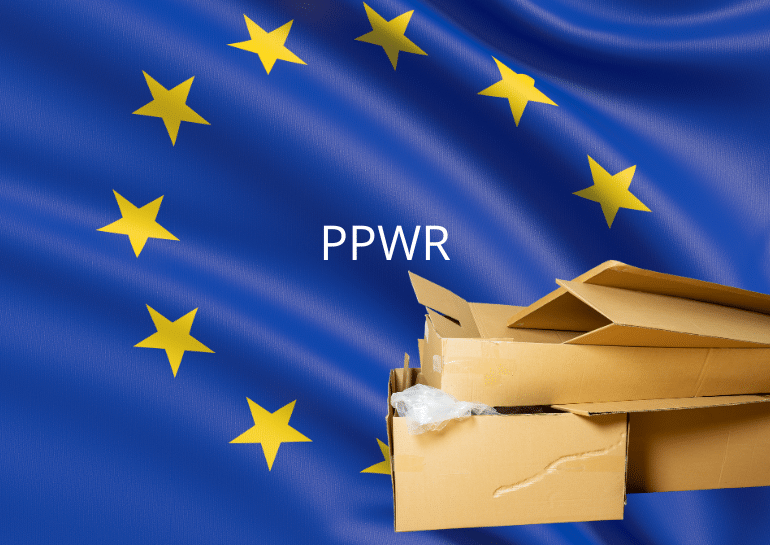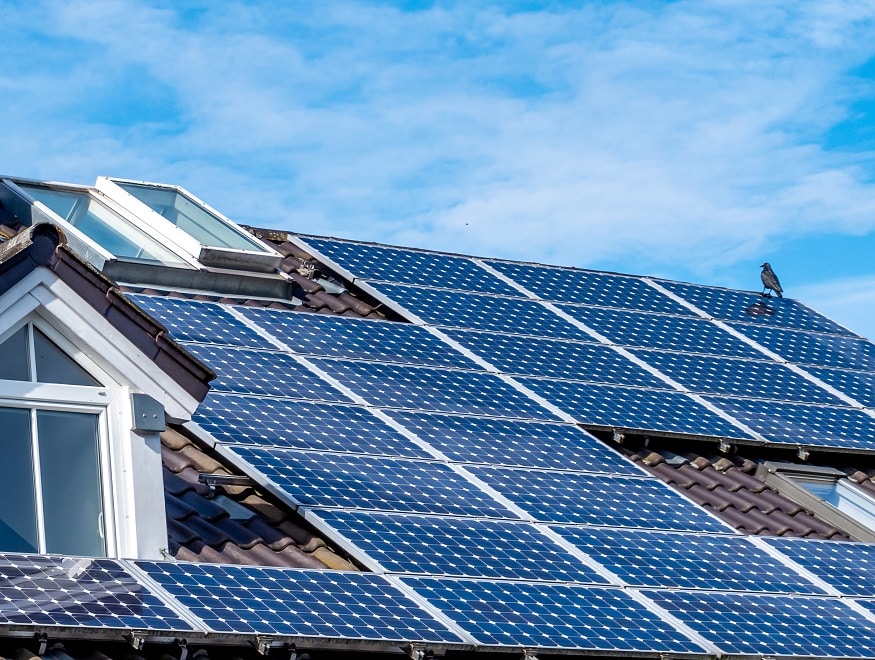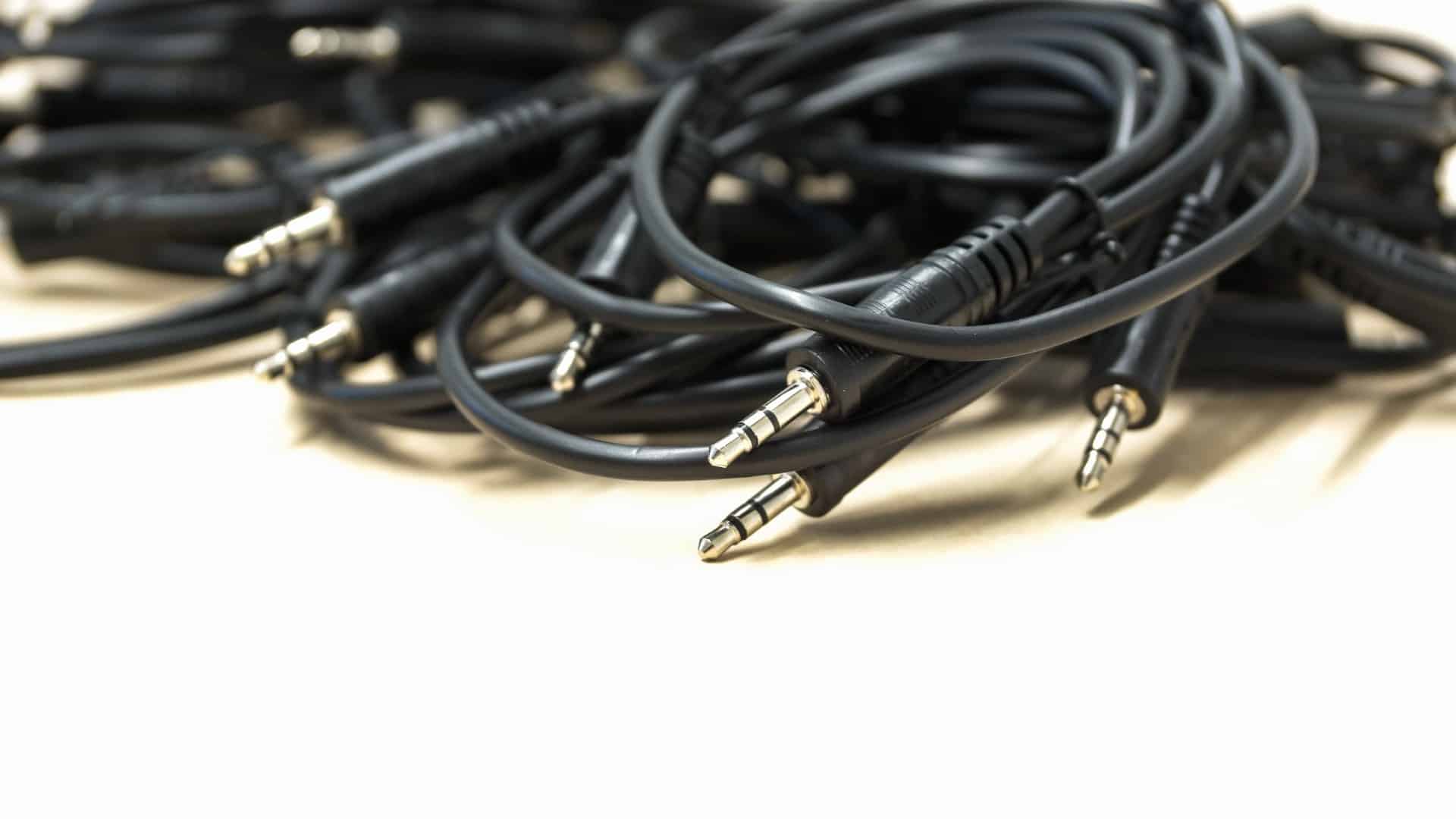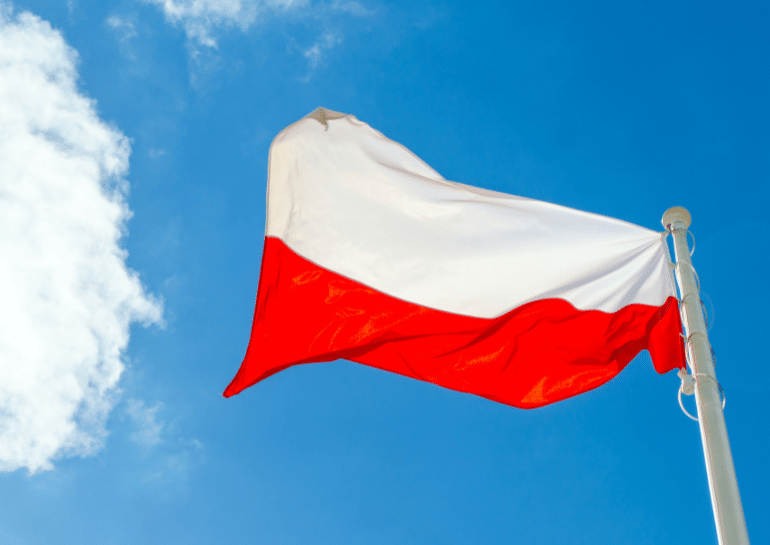PPWR – What You Should Know About the Regulation
At the end of 2022, the draft of the Packaging and Packaging Waste Regulation (PPWR) was introduced. Following intense negotiations, the regulation was officially adopted in December 2024.
The EU Packaging Regulation came into force on February 11, 2025. Starting August 12, 2026, it will become mandatory and replace the previous Packaging Directive.
The PPWR establishes binding requirements for packaging design, the promotion of reusable packaging, and waste management. Unlike the previous EU Packaging Directive 94/62/EC, the PPWR applies directly in all 27 EU member states. Both initial distributors of packaging and online retailers must align their processes and products with the new standards to ensure compliance within the given timeframe.
The EU Packaging Regulation PPWR aims to reduce the environmental impact of packaging. It stipulates that by 2030, all packaging in the EU must be recyclable. The regulation requires companies, including online retailers, to adapt their design and material usage to increase recycling and reuse. Key aspects include reducing packaging weight, promoting the circular economy, and complying with extended producer responsibility guidelines.

What is the current status of the EU Packaging Regulation PPWR?
The Packaging and Packaging Waste Regulation (PPWR) was adopted by the European Council in December 2024, following approval by the EU Parliament in November. The EU Packaging Regulation came into force on February 11, 2025, after its publication in the Official Journal of the EU. Companies have an 18-month transition period to implement the new requirements before the PPWR becomes mandatory on August 12, 2026.
The PPWR introduces binding standards for the entire lifecycle of packaging. Start preparing for your new obligations today. We at Deutsche Recycling GmbH are here to support you with our services.
What are the goals of the Packaging and Packaging Waste Regulations
The aim of the Packaging and Packaging Waste Regulations is to significantly reduce the environmental impact of packaging in the European Union. This is to be achieved by reducing resource consumption and packaging waste, as well as promoting the circular economy within companies. The PPWR targets EU-based companies as well as those importing packaging into the EU, applying to domestic and imported products alike. To establish a functioning circular economy for packaging, the PPWR includes specific target objectives:
- Reduction of packaging waste: The regulation sets clear targets for reducing the quantity of packaging waste. For example, by 2025, 65% of all packaging waste must be recycled, increasing to 70% by 2030. Specific goals for materials such as plastic, glass, metal, and paper are also defined.
- Design requirements for recyclable packaging: Specific design requirements are imposed to enhance the recyclability of packaging. This means companies are encouraged to eliminate unnecessary packaging and, where possible, use reusable packaging.
- Use of Post-Consumer Recycled (PCR) materials: The regulation builds upon the EU Single-Use Plastics Directive and establishes stricter rules for the use of single-use plastic The draft includes a ban on certain single-use packaging.
- Labeling and transparency: Packaging must be clearly labeled to inform consumers about recyclability and proper disposed packaging waste.
- Promotion of more sustainable packaging solutions through EPR systems: The Extended Producer Responsibility obliges companies to consider the entire lifecycle of their packaging, including design, use, and disposal. Manufacturers must ensure their packaging is easily recyclable and bear the costs of collection, recovery, and recycling. Concurrently, businesses are encouraged to develop and utilize more environmentally friendly packaging solutions.
Timeline for EU Packaging Regulation (PPWR) Compliance
Upon enactment, the regulation will establish specific deadlines to fulfill PPWR goals:
- By 2030: All EU market packaging must be recyclable
- By 2035: The majority of packaging should meet recyclability standards
- Starting 2035: Manufacturers must prove extensive packaging recycling
Impact of PPWR on Online Retail
The PPWR affects not only manufacturers and businesses but also online retailers, who must ensure their packaging complies with the new requirements. This includes selecting materials that are easily recyclable and reducing packaging sizes to avoid material waste. What does this mean specifically for packaging in e-commerce?
- Recycling-oriented design: Components of recycling packaging should be separable and recyclable as individual parts, following the familiar collect, sort, and recycle process.
- Minimization of weight and volume: The weight and volume of packaging should be limited to the necessary minimum. The goal is to ensure functionality while reducing material consumption.
- Prohibition of unnecessary enlargements: Packaging that artificially increases the perceived product volume through double walls, false bottoms, or similar elements is not permissible.
- Empty space ratio maximum 50%: The empty space in packaging, filled with materials such as air cushions or foam, must not exceed 50% of the total volume.
Additionally, the European Packaging Regulation PPWR stipulates that the amount of chemicals used, such as those in printing, must be limited to a minimum or excluded altogether.
EPR in Packaging and Packaging Waste Regulations for Online Retailers
The PPWR strongly emphasizes Extended Producer Responsibility (EPR), requiring manufacturers to manage not only the production and distribution of their products but also the disposal of their packaging. Online retailers, especially those involved in branding or packaging design, must register with a national authority, pay applicable fees, and regularly report their packaging activities.
In Germany, compliance is monitored through the LUCID packaging register. Another key aspect of the new EU regulation affects merchants shipping across multiple European countries without a local presence. These businesses must appoint an authorized EU representative to fulfill their EPR obligations, ensuring compliance with environmental regulations.
Implementation of PPWR with Deutsche Recycling GmbH
The EU Packaging Regulation PPWR applies across industries in all EU countries. As a manufacturer or online retailer, you are subject to binding regulations. This includes products you already package from a wholesaler. If you are unsure about compliance with the PPWR or specific packaging requirements in Germany, Deutsche Recycling GmbH is here to assist you. We will assess whether your business processes comply with legal requirements, conduct comprehensive compliance checks, determine if adjustments are necessary, and optimize costs within packaging guidelines.
FAQ on the PPWR
In which year was the EU packaging regulation PPWR introduced?
The previous EU Packaging Directive 94/62/EC, revised in 2018 by Directive (EU) 2018/85, governs packaging recycling across EU member states. This directive will be replaced by the new EU Packaging and Packaging Waste Regulation (PPWR), adopted in December 2024.
The PPWR came into force on February 11, 2025, and will introduce binding requirements for all 27 EU member states starting August 12, 2026. Companies have an 18-month transition period to adapt to the new regulations.
How does packaging waste affect the environment?
Packaging waste contributes significantly to the pollution of ecosystems both on land and in the oceans. The reason: many packaging materials are not biodegradable. The oceans in particular are already heavily polluted. According to estimates by the United Nations Environment Programme (UNEP), there are around 18,000 pieces of plastic of various sizes on every square kilometre of ocean surface. However, a good 90 % of all waste sinks to the seabed.
In addition, the production of packaging requires considerable amounts of natural resources, such as water and energy, and is therefore responsible for significant emissions of greenhouse gases, which further contribute to climate change.
Although recycling measures can mitigate some of these impacts, challenges remain as not all materials can be recycled effectively. This is precisely where the PPWR comes in.
How much packaging is thrown away every year?
With changing habits and lifestyles, the amount of packaging waste is also consistently increasing every year. Since 1991, when the total figure was 15.6 million tonnes per year, this has risen to 19.7 million tonnes by 2021. In addition to fill sizes and consumption habits, the increase in online retail also plays a significant role in the increase in packaging consumption. The PPWR will also be used here in future and define new guidelines for packaging material in the mail order business.
What are the legal obligations in relation to waste management?
In Germany, the Closed Substance Cycle Waste Management Act (KrWG), along with supplementary regulations, is the central law that governs waste management. The amended Closed Substance Cycle Waste Management Act, which came into force on 29 October 2020, updates German law in line with the EU Waste Framework Directive.
The primary objective of the KrWG and the forthcoming European Packaging Ordinance PPWR is to avoid the generation of waste in general. Companies and public institutions are required to design processes and products in such a way that waste is minimised from the outset. The core of the law is also product responsibility in accordance with Section 23 KrWG, which calls on manufacturers and retailers to design products in an environmentally friendly way. Waste separation and collection, waste disposal and documentation and verification are also key contents and obligations enshrined in the Closed Substance Cycle and Waste Management Act.
In addition to these legal requirements, there are specific ordinances that target certain types of waste, such as the Packaging Ordinance, the Electrical and Electronic Equipment Ordinance and the Battery Ordinance.
Why has the PPWR been revised?
In 2022, a new legal framework for packaging and packaging waste was introduced in the EU, known as the Packaging and Packaging Waste Regulations (PPWR). The legislative draft is intended to replace the previous EU Directive 94/62/EC and establish standardised, binding requirements for all 27 EU member states. The PPWR addresses both first-time distributors of packaging and online retailers.
The PPWR focuses on the optimisation of packaging designs and the promotion of reusable systems in order to minimise the consumption of resources and reduce the amount of packaging waste. In addition, the regulation emphasises protection against hazardous chemicals in packaging materials, particularly in plastic packaging.
Companies based in the EU or importing packaging into the EU are equally affected by the new regulations. These strict measures are intended to achieve a more sustainable use of packaging resources and significantly reduce the environmental impact.
When will the PPWR come into force?
The PPWR came into force on February 11, 2025, and will become legally binding after an 18-month transition period, starting August 12, 2026.
What does the EU packaging regulation PPWR say?
In 2020, the European Commission set the target of making 70% of all packaging reusable and recyclable by 2030. The Commission’s legislative proposal is intended to update the EU legal framework for packaging and is part of the European Green Deal. Measures are to be introduced to promote the reuse of packaging and restrict the use of harmful chemicals in food packaging.
Companies are obliged by the extended producer responsibility under the PPWR to bear the costs for the collection and recycling of their packaging. In addition, online retailers must ensure that their packaging fulfils the requirements.





